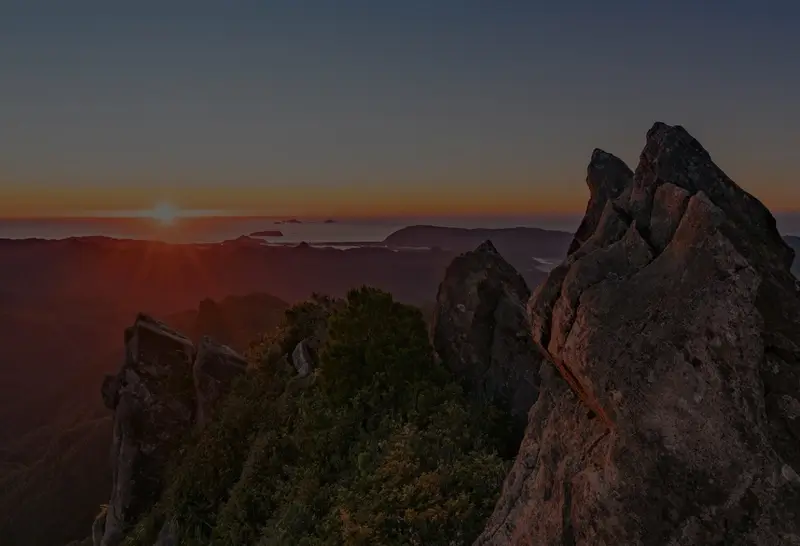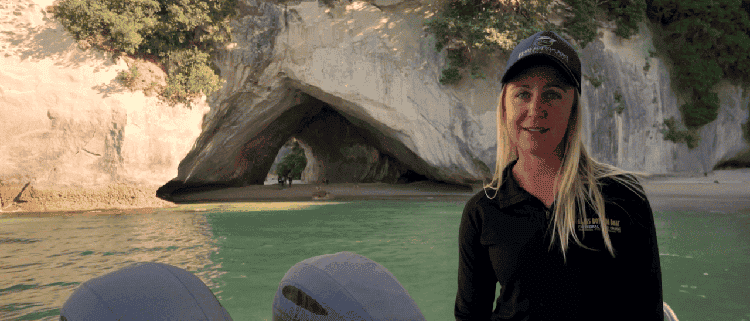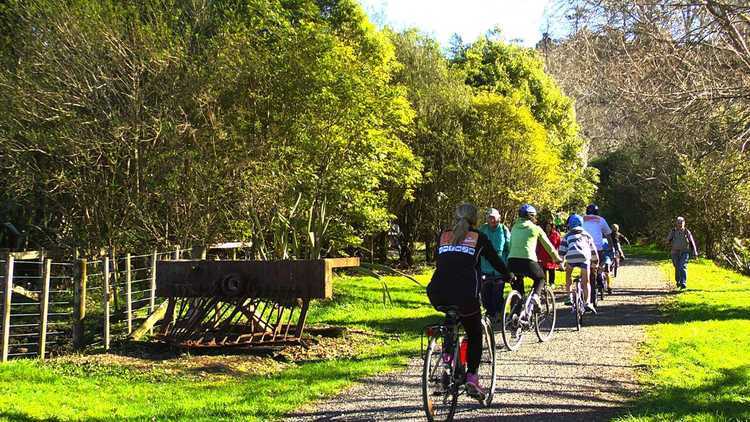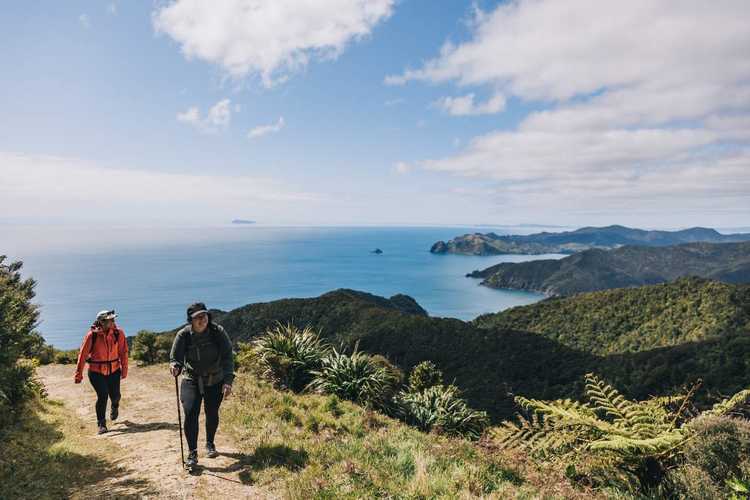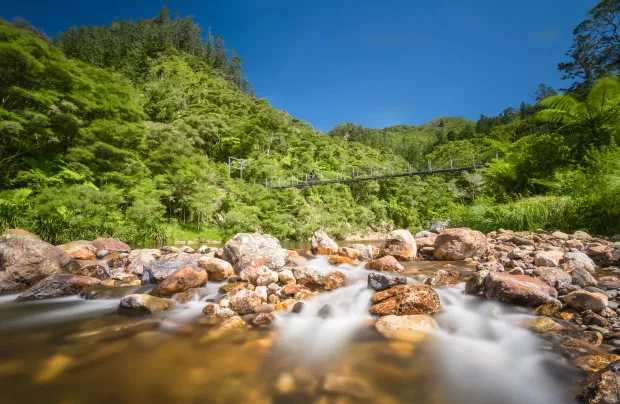
There's Gold In Them Hills
The Coromandel’s history is flecked with gold. Its discovery made a significant contribution to New Zealand’s economic growth in the late 19th and early 20th centuries.
Between the 1860s and the 1920s, there were two major booms in gold production in The Coromandel. In the 1860s, gold diggers flocked to the area in search of alluvial gold. In the decade after 1900, as methods to extract gold developed, underground hard-rock mining produced greater capacity.
The Coromandel was the first place gold was discovered in New Zealand, inciting feverish migration and resulting in the region’s early economic development. Gold helped develop the early economy of The Coromandel by attracting people, investment, shipping and resources.
The Coromandel experienced two major booms in gold production between the1860s and the 1920s. In the 1860s, gold diggers flocked to the area in search of alluvial gold. In the decade after 1900, as methods to extract gold developed, underground hard-rock mining produced greater capacity. Coromandel Town and Thames were the first dominant goldfields, followed by Waihi, which by 1903 had the biggest mine in New Zealand. Smaller mining settlements popped up around the eastern peninsula during the early 20th century, including Kuaotunu, Broken Hills-Puketui Valley and others.
Gold discovery and production on The Coromandel made a significant contribution to New Zealand’s economic growth in the late 19th and early 20th centuries. Infrastructure was developed in response to the rising population. Shops, businesses and hotels sprang up to meet the demands of prospectors seeking to find their fortune in the deep veins of the Coromandel Ranges.
The thunderous din from decades of gold production may have long since ceased, yet remnants and echoes of the era remain for visitors to reflect on and remember.
